VueScan Newsletter - October 2020
It seems to be a recurrent theme for us to say that we hope you are all well and staying safe - but in these very unusual times we wish all our customers and their families to be taking care and remaining healthy.
We continue to add improvements and develop VueScan, read on for our latest updates.
And for a bit of good cheer, we have a Halloween-themed section about why scanners don’t give up the ghost, how to bring old scanners back to life and how to let old scanners haunt new operating systems
And thank you very much to everyone who has emailed us with questions and suggestions. Your questions help us to clarify the product areas we can improve on, so every email is appreciated. And if you do use Facebook please continue to add reviews for us. As a small company it really helps us – so, once again, thank you. (And thank you for telling your friends and colleagues about us.)
Please remember you can contact us for technical support (we need a Problem Report) and any general enquiries, suggestions or feedback here
Your newsletter sign up!
Please remember: If you have changed your email address PLEASE do not email us!
Remember! You do not have to tell us about an email address change for your use of VueScan, it is only relevant for the newsletter.
You can subscribe to the newsletter with your new email address here
You can unsubscribe the old email address here
You can contact us with questions or for technical support here
Thank you and happy reading!
VueScan Updates
Since the last newsletter, we’ve released VueScan 9.7.35, 9.7.34 and 9.7.33.
What’s new in version 9.7.35
- Added support for 16 new HP scanners
- HP Deskjet 2300
- HP Deskjet 2700
- HP Deskjet 4100
- HP Deskjet Ink Advantage 2300
- HP Deskjet Ink Advantage 2700
- HP Deskjet Ink Advantage 4100
- HP Deskjet Plus 4100
- HP Deskjet Plus 6000
- HP Deskjet Plus 6400
- HP ENVY 6000
- HP ENVY Pro 6400
- HP Scanjet Flow 5000 s5
- HP Scanjet Flow n7000 snw1
- HP Scanjet Pro 2000 s2
- HP Scanjet Pro 3000 s4
- HP Scanjet Pro n4000 snw1
What’s new in version 9.7.34
- Added support for 38 new Epson scanners
- Epson DS-535H
- Epson EP-712A
- Epson EP-812A
- Epson EP-882A
- Epson EP-982A3
- Epson EP-M552T
- Epson ET-15000
- Epson ET-16650
- Epson ET-5800
- Epson ET-5850
- Epson ET-5880
- Epson EW-452A
- Epson EW-M5610FT
- Epson EW-M752T
- Epson L14150
- Epson L15160
- Epson L6550
- Epson L6570
- Epson L6580
- Epson LX-10010MF
- Epson LX-10050KF
- Epson LX-10050MF
- Epson LX-6050MF
- Epson LX-7550MF
- Epson PX-M6712FT
- Epson PX-M7080FX
- Epson PX-M7090FX
- Epson PX-M791FT
- Epson WF-C20600
- Epson WF-C20750
- Epson WF-C21000
- Epson WF-C878R
- Epson WF-C878RB
- Epson WF-C879R
- Epson WF-M20590
- Epson XP-3100
- Epson XP-8600
- Epson XP-970
- Fixed problem with Brother DCP-9020CDW
- Fixed problem with Canon LiDE 35
- Fixed problem with Canon TS8200 at 1200 dpi
- Fixed problem with HP Scanjet N6010
- Fixed problem with multi-page option set to ‘Front/Back’
- Fixed problem on Windows when home directory contains non-ASCII characters
What’s new in version 9.7.33
Improved options in Filter tab, especially ‘Filter | Infrared clean’
- Improved support for some older Canon flatbed/film scanners
- Increased scan area for Plustek OpticFilm scanners to 28 mm high
- Improved preview speed on Canon 5600F
- Fixed problem with lamp warmup on some older Genesys Logic scanners
- Fixed problem with document feeder on Brother MFC-J6945DW
- Fixed problem with Brother HL-L scanners
- Fixed problem with some Avision document scanners
Why Scanners Don’t Need to Become a Ghost
Surprisingly, old scanners often continue working well for 20 (or more) years after they’re manufactured. Scanning paper seldom needs more than 600 dpi, and scanning film seldom needs more than 2400 dpi, so even a 20 year old scanner will do a good job. USB 2.0 scanners have been widely available for almost 20 years, and they’re just as fast as a brand-new scanner.
Since scanners have few moving parts, they’re quite durable. The lifetime of a scanner is mostly determined by how many scans you’ve done.
How can you bring scanners back to life?
Sometimes an old scanner benefits from a bit of cleaning, and it doesn’t take a mechanical engineer to do this.
For instance, the Nikon CoolScan scanners have a mirror that often gets dusty, reducing the contrast and resolution. If you clean this mirror, the scanner works like it was brand new. Here are some instructions for doing this here
Sometimes the inside of the glass in a scanner gets a bit dusty, and it’s often not difficult to open the scanner and clean the glass. Be careful not to use too much glass cleaning fluid on the top side of the glass, since this can leak into the top of the scanner and discolour the white calibration target.
Sometimes the white calibration target inside the scanner yellows a bit over the years, and if you’re a bit adventurous, you might try replacing it with a white strip of paper.
If your scanner seems to jam part-way down the page, it might just need a bit of grease on the rails that the lamp rides on.
Another way to bring your scanner back to life is to use software like VueScan that has many features that were never originally supported when the scanner was first sold so many years ago. For instance, multi-page searchable PDF wasn’t a common feature long ago, advanced film scanning features weren’t included with many film scanners, and many of the features of the Genesys Logic chipsets weren’t supported long ago.
In particular, the older Plustek OpticFilm scanners, with 7200 dpi resolution, were slow and clumsy. The new Genesys Logic features in VueScan now make scanning with these older scanners twice as fast. Similarly, the PIE (Pacific Image Electronics) and Reflecta scanners have enhanced low-level drivers that improve scanning with these old scanners.
How to Release Old Scanners from the Graveyard
Scanner manufacturers prefer that old scanners be interred in the old-scanner graveyard (i.e. your closet with the other old electronics). Since their old scanners are basically as usable as the new scanners, they don’t do anything to make old scanners work on new operating systems. For instance, many Canon scanners only worked on versions of macOS that supported 32-bit operating systems, and many vendors only had scanner software for old versions of Windows that no longer work on Windows 10.
We’ve been working hard to produce low-level drivers that are independent of the manufacturer’s software (plug-in libraries). This lets us support scanners on operating systems that didn’t even exist when scanners were first sold.
For instance, when Apple releases their ARM (Apple Silicon) Macs, we plan to support almost all of the scanners that we currently support on these new Macs.
So raise a glass of cheer on Halloween to the ghost of scanners past – may they continue to serve as faithful tools after all these years.
Frequently Asked Questions
Q) How can I run multiple scanners at the same time? For example, I use 2 Nikon CoolScans (one for negatives and one for slides) as well as an Epson for flatwork/prints.
A) We have a lot of customers who do this. Just use multiple virtual machines, such as Parallels and run a separate copy of VueScan in each virtual machine.
Q) Can you expand the options for Ilford negatives? You do not have a wide range to choose from.
A) The Kodak T-Max sensitometric curves are almost identical to Ilford films, so one of these should work fine.
Customer Corner
Christoph Coulter has sent us another project he has been working on which has been put onto 35mmc (35mmc is a community blog about photography and cameras. Take a look at their site here)
Chris has been scanning a glass slide collection of John Voss, Ph.D. (1895 – 1948). John was a Plant Ecologist, Principal and Teacher at Manual Training High School, Peoria, Illinois and hobbyist photographer.
In the late 1930s, John took a series of grand photo tours of Civil War Sites, to be used for educational purposes at Manual Training High School.
Chris uses VueScan extensively for all his digitization projects. This collection from John Voss can be viewed here
Another interesting project on 35mmc is “Pictures from Japan and Elsewhere” Occupied Japan (1947-1949). Take a look at the images here
To see more work from Chris – have a look here
Customer Comment
It’s really interesting for us to hear from our customers (from all over the world) and hear about their use of VueScan. Thank you to everyone who emails us and please let us know what you’ve been working on!
Mark Boulton in the UK has scanned thousands of images – many of them of African wildlife from decades of old Kodachromes – including the Joy Adamson Archive. Many of these negatives are more than 50 years old and were recovered from the basement of the National Museum in Nairobi. Mark generates funds through the sale of his images to support his environmental work and frequently makes them available free to conservation organisations like the Elsa Conservation Trust, WWF, and Greenpeace If you would like to view more of his images you can find them on Alamy
VueScan – from a very Happy Customer
For at least a couple of decades I used bespoke software for my scanning work – involving both an expensive flatbed and a Nikon LS 4000 scanner for 35mm slides. As time moved on, so did my computer hardware and Windows software (with some scanner manufacturers requiring paid updates to work with Windows 10) and concurrent changes in cable inputs especially a move towards USB.
It soon became obvious that it would not be long before I would need to upgrade to new often expensive software updates and maybe even replace some of my scanning equipment. It was then, around four years ago, that I came upon VueScan – very competitively priced software (much more so than the other options) with the option of regular technical support and continuing free updates as technology advanced.
Moving over to VueScan has been a lifesaver for me, working seamlessly with both my Nikon 4000 and my CanonScan flatbed scanner 9000F Mark 2, as I gradually work through digitising my own large collection of 35mm Kodachromes, saving the high resolution scans in TIFF format in the master collection, and from which appropriately sized JPEGs can be produced as required.
More recently I have been tackling the challenging job of digitising material (both 35mm colour and black and white and using both scanners) from the Joy Adamson photographic archives (think ‘The Born Free Story’ and Elsa the lioness) and together with the retouching abilities of my old but well-trusted Photoshop CS4 has given me some outstanding results. I even managed to produce full-sized cut outs of Elsa from old 35mm B&W negs using VueScan.
For more day to day use the optical character recognition feature used on the Canon has saved me hours of typing text, and whilst I am a strong Canon supporter for my photographic equipment, I confess I far prefer using VueScan to the software which comes with their scanners.
Apart from the excellent support from VueScan itself, I have also come across some very helpful (often quite technically advanced) online articles written by other VueScan enthusiasts which have contributed to enabling me to achieve the best results – though very often I simply let the scanner ‘take the decisions’ and select the settings which give me the best results.
If you are looking for great value scanning software, working with older as well as every new scanning device through its regular updates, look no further than VueScan.
Mark Boulton October 2020
These cut-outs are very interesting as they are examples of very old negatives, scanned with VueScan and then blown up to life size (if not larger.)
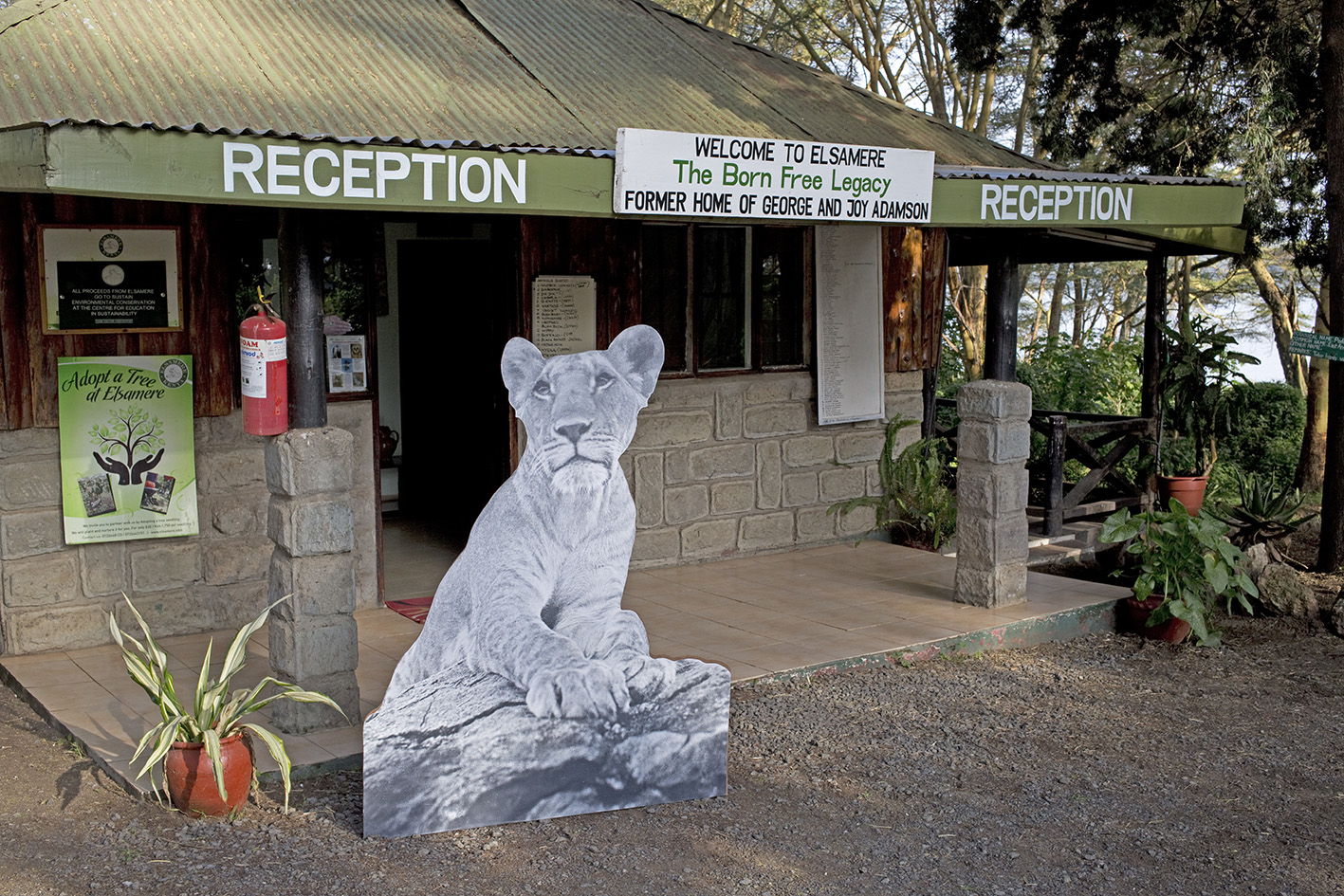
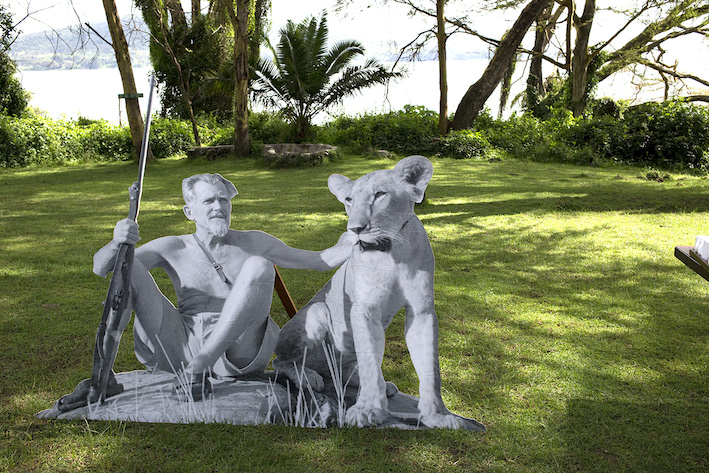
And just a beautiful old photo of a cheetah and her cub!
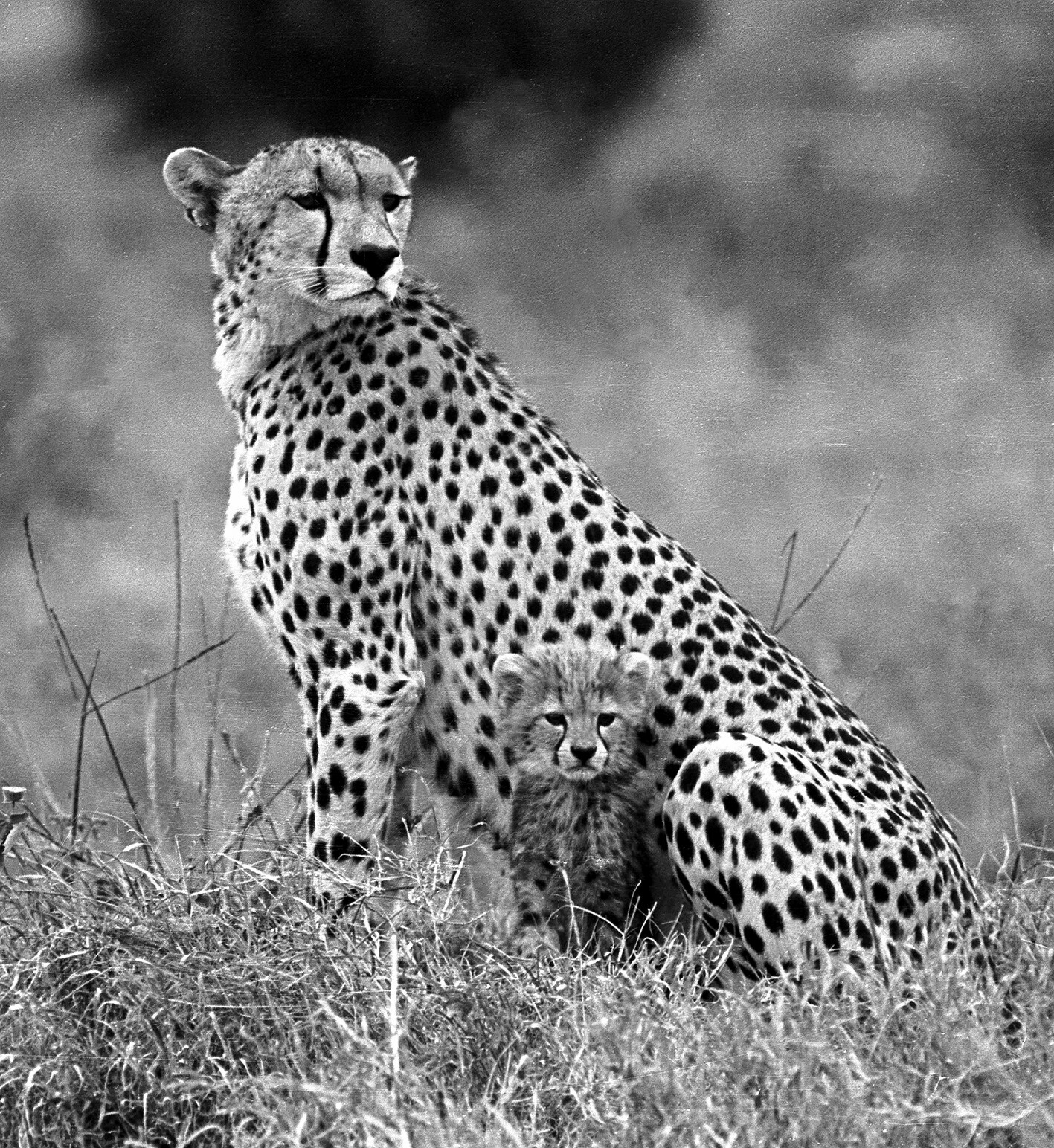
Article written by John Keller
John Keller has been photographing his world for many years. He specialises in landscapes, portraits and nature. In addition to teaching introductory, advanced digital photography classes, mobile device photography & editing, scanning and post-processing classes at Doane University, for the Osher Lifelong Learning Institute at UNL and for Florida Gulf Coast University’s Renaissance Academy, he operates a portrait, wedding and general commercial photography studio, offers private and group digital lessons, online lessons, and writes a bi-monthly column on digital photography entitled, “Ask Dr. Photo”
In January 2017, I received an email from a San Francisco author, inquiring if I am the John Keller who was the photographer who took the photographs for a historically significant architectural project in September and October 1981 in Lake Forest, Illinois. Coincidentally, and just shortly before that inquiry, I received a request for wedding photos from a wedding I had done on Long Island, New York around the same time.
Both requests involved scanning negatives, transparencies (slides) and prints from nearly four decades ago. Fortunately, both requests could be fulfilled, as I have meticulously catalogued and carefully maintained the various media I have used since accepting my first photography job.
The architectural project included homes designed by such notable architects as Frank Lloyd Wright, Howard Van Doren Shaw and his protégé, David Adler, and several others. The house and interior in question was the Armour House on Green Bay Road in Lake Forest, and the interior was designed by Frances Adler Elkins, one of the 20th century’s leading female interior designers and sister of David Adler, the architect.
Because of my wife’s organizational skills (a librarian), we found the file with the negatives, transparencies and prints in less than 10 minutes. The negatives were Kodak Pan X, ISO 32 and the transparencies were Kodachrome 25, carefully stored over the years. In this case, both were scanned on a Nikon Coolscan 4000ED using VueScan as the scanning software. The resulting scans have been uploaded to my Gallery site for the author and publishing house to review. It has been a long process – nearly two years from the initial investigation to finalizing a draft of the book and deciding which images to use.
The other request from the same time period was from a bride whose wedding I had photographed in October 1985. The media used in that event was 35mm and 120mm film, Vericolor III, and the negatives have been carefully stored in acid-free sleeves since shortly after processing. The 35mm negatives were scanned with the Nikon scanner, and the 120 size negatives scanned on an Epson v600 flatbed scanner, again both with VueScan software.
Recently, I have acquired a large number of old photos from both my wife’s family and mine, many dating back to the 1870s. As I do not have access to the original negatives, and because of the quantity, I began investigating scanners that had a document/photo feeder to automate the process without causing any damage to the prints. I settled on an Epson FastFoto ff-680w, which carefully scans prints at 600dpi and at a rate of one print per second. Currently, the software that came with the scanner is being used, but the excellent capabilities of the VueScan software are being evaluated for use with the new scanner.
In the midst of a global pandemic, what better way to make the best possible use of your time than to scan old photos, whether family heirlooms, travel photos or photos for so many other uses? It’s a good idea to do a little planning for digitizing images so they can be catalogued for easy retrieval down the line. Make a folder on an external hard drive or even dedicate an entire storage device to scans, organizing perhaps by date, subject and/or location. Scan at a resolution that will enable good quality prints if that is the goal and investigate software other than the often-limited type that generally comes with the scanner. Finally, when scanning prints, consider scanning both front and back if there is valuable information on the back, and/or note such information in the digital file itself. It’s a great way to pass along information for generations to come.
Wedding Sunset
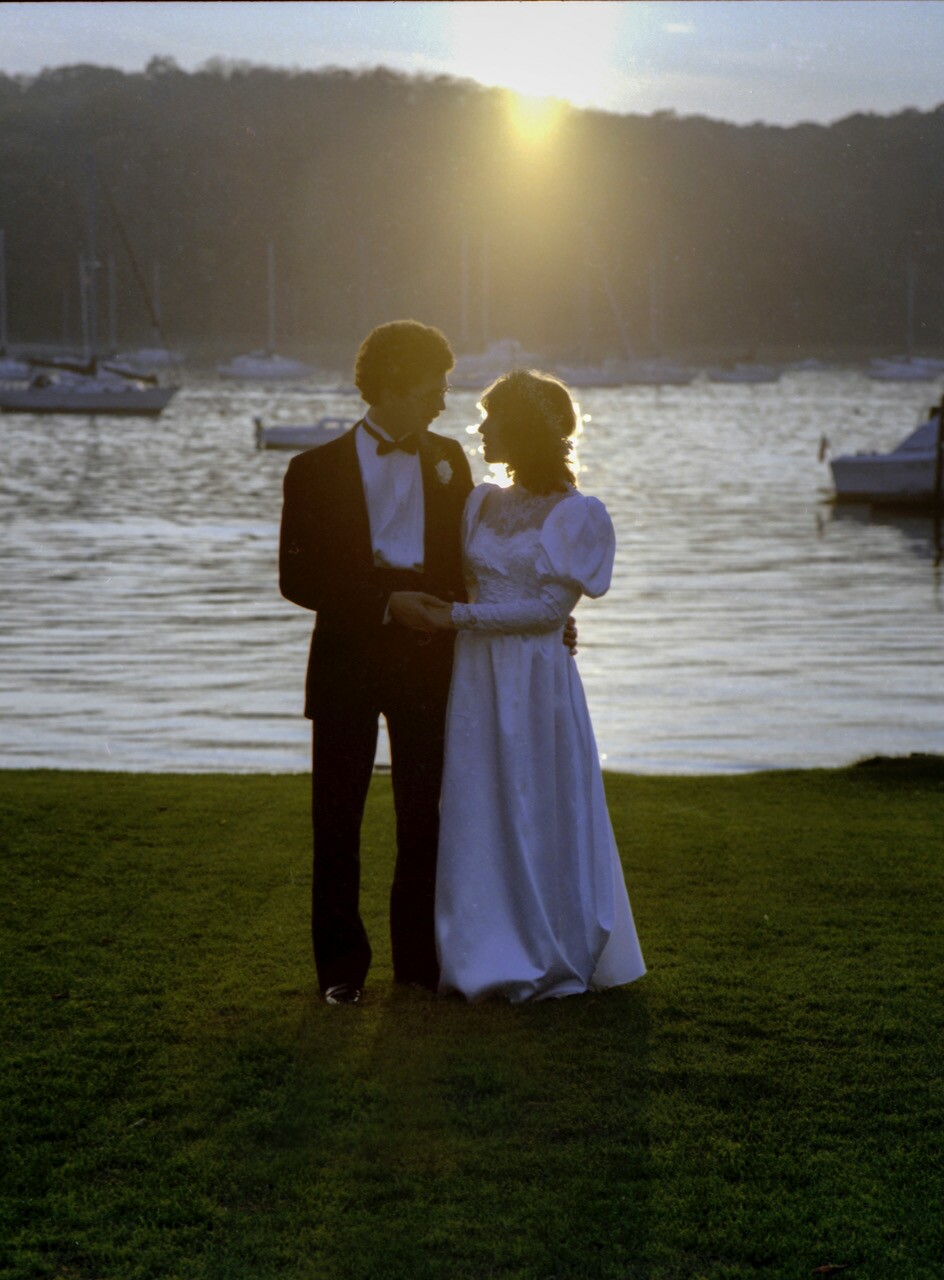
Armour Estate, photographed in 1981.
Armour House Living Room details: Pan X, ISO 32, Nikon 4000ED film/slide scanner, Nikon F3P, 28mm perspective control lens
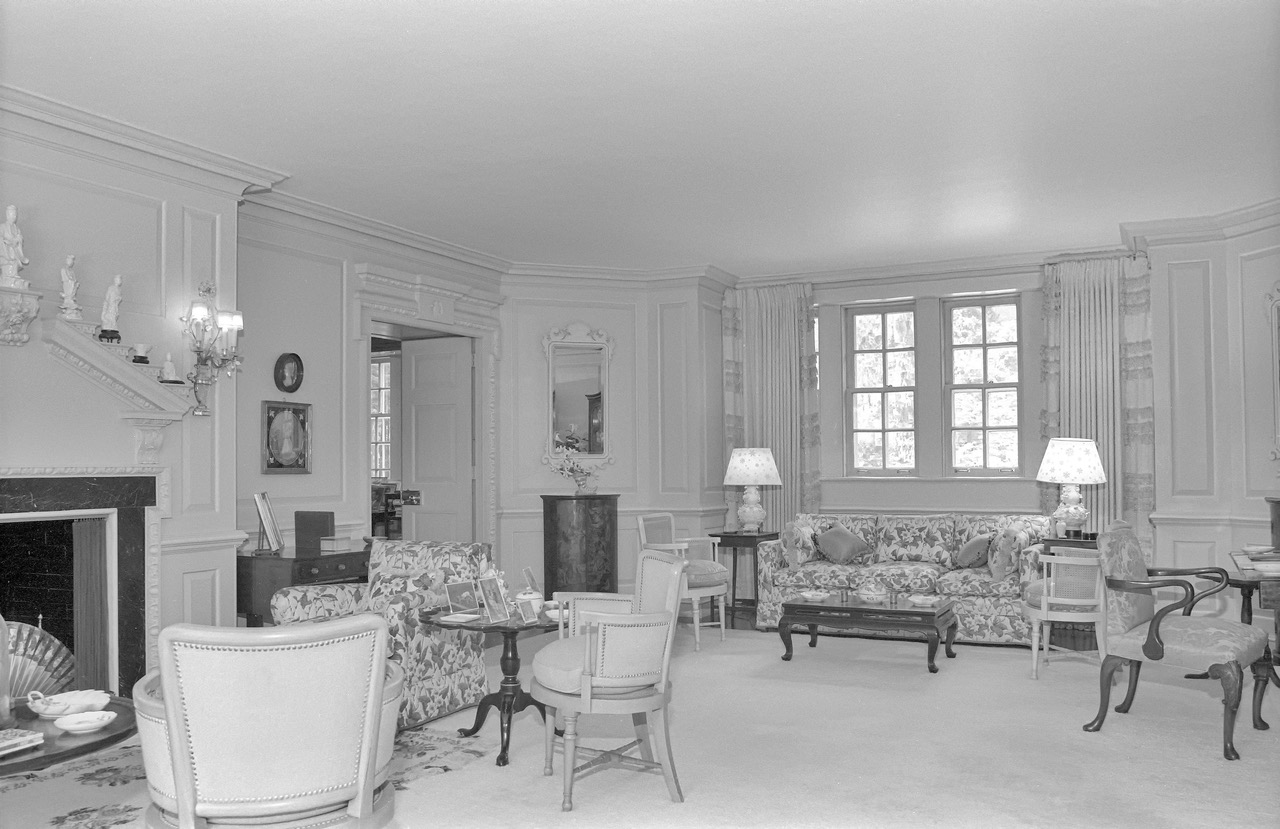
Amrour House Library: Photo details - Kodachrome 25, Nikon 4000ED film/slide scanner, Nikon F3P, 28mm perspective control lens
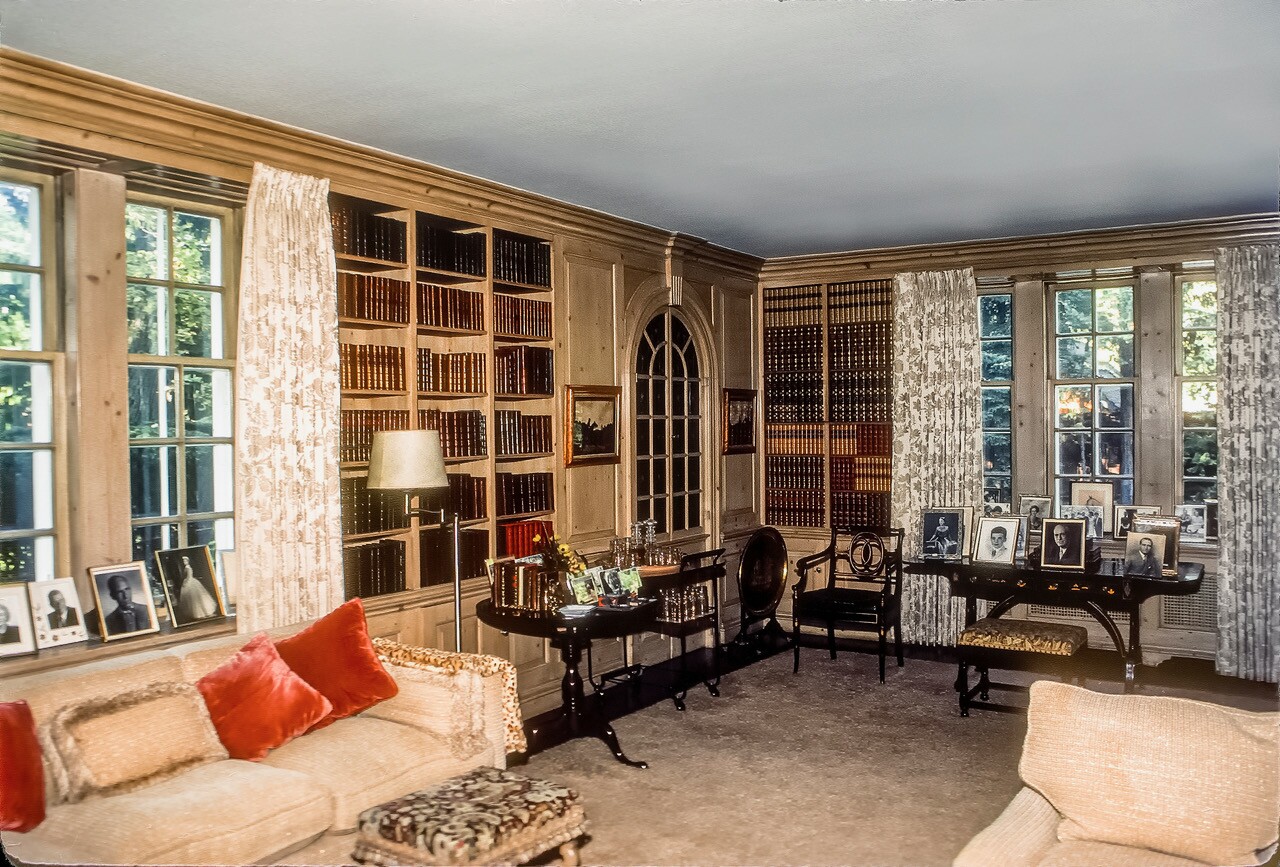
Email your digital photography and computer questions to Dr. Photo – AKA John Keller Keller’s website